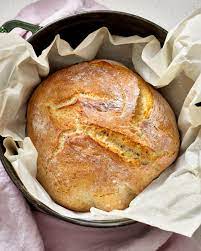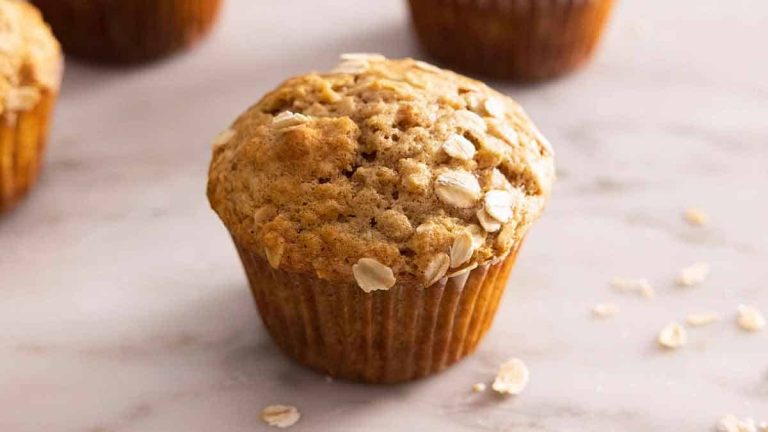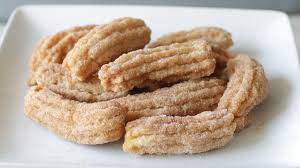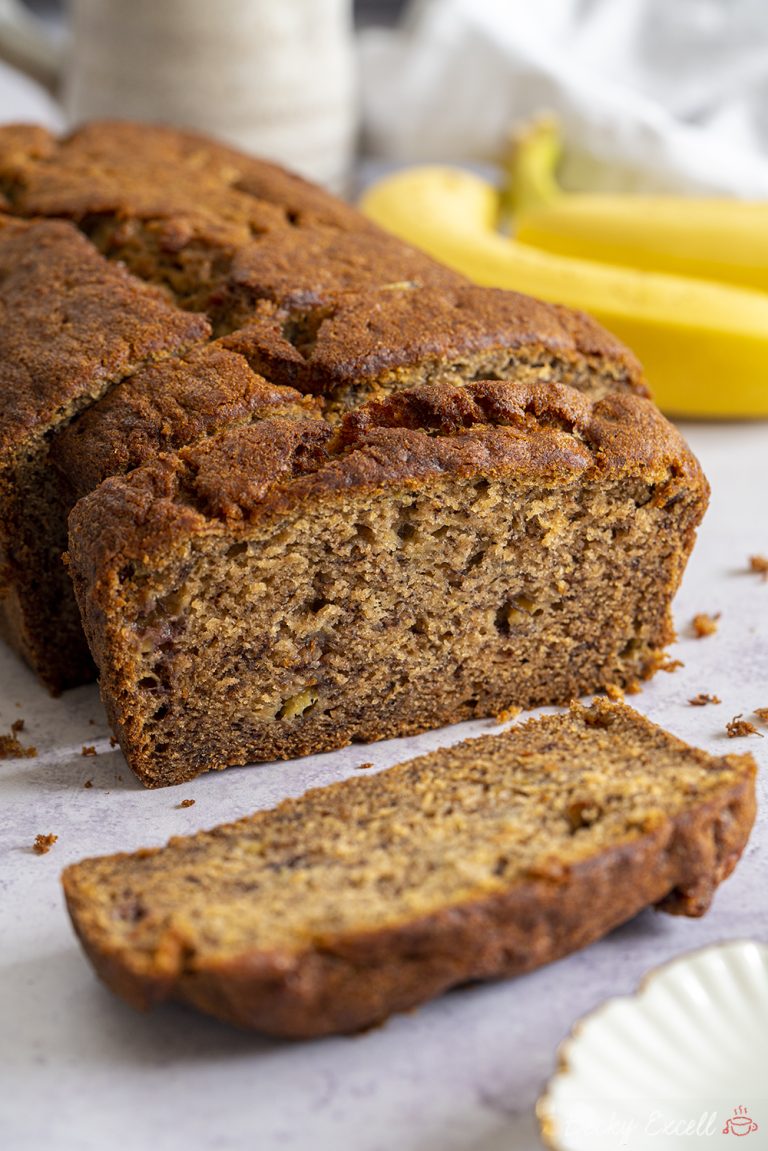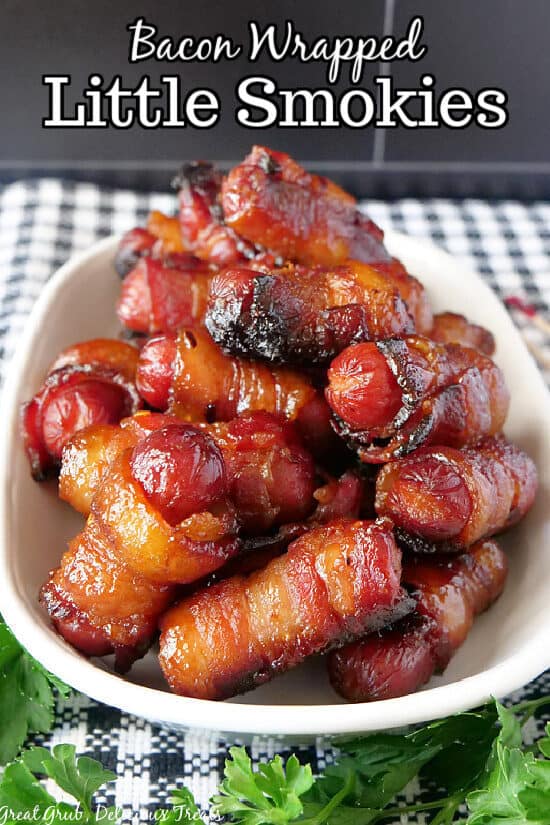How to make bread without kneading and without gluten?
Making bread without kneading and without gluten is simpler than it seems and it is worth it, since the result is extremely healthy and delicious.

Since the first no-knead bread recipe appeared, many people have been encouraged to try their own homemade preparations. And as! This bread does not require any type of effort , nor is it necessary to have a long list of ingredients or a special oven.
The secret of the recipe that we are going to show you below lies, mainly, in the resting time of the dough and its cooking. The rest is a piece of cake.
It should be noted that other ingredients can be added to enrich the bread . Generally, seeds and nuts are used , although cinnamon could also be added.
Make your own bread without kneading in just a few steps

Ingredients
- 1 teaspoon of salt (5 g).
- 1 ¾ glass of water (350 ml).
- ½ teaspoon fresh yeast (2.5 g).
- 3 cups of gluten-free strength flour (380 g).
Preparation
- First, the yeast is dissolved in the water. Once we have it ready, we reserve.
- Separately, we place the gluten-free strength flour in a bowl along with the salt and stir with the help of a spoon so that both ingredients are well incorporated.
- Next, we pour the dissolved yeast on top.
- We stir all the ingredients with slow, enveloping movements until we obtain a homogeneous mass. This step should last at least a minute and a half.
- We cover the dough with a piece of transparent film and let the dough rest overnight (10 or 12 hours).
- The next morning, we sprinkle flour on a smooth, clean surface and proceed to place the dough there. To handle it, you will also need to have a little flour on your hands, this way we will prevent it from sticking.
- We preheat the oven to 200 ºC.
- We sprinkle a little flour on the dough (just a pinch), take the dough and form a kind of ball with it. We place it on the smooth surface and flatten it slightly with our hand.
- We take a knife and make a cross , right in the center, to get 4 folds. Through the opening left, the bread will be able to ‘breathe’ and will be cooked to perfection.
- Next, we fold the folds (from outside to inside). And if we wish, we add some seeds or the ingredient we have selected on top to enrich our no-knead bread.
- We pour the dough into a pot (ungreased and without anything) suitable for oven.
- We put the pot in the oven (covered) for approximately 40-45 minutes, at a temperature of 250 °C.
- At the end of the first 20 minutes, we uncover the pot and put it back in the oven so that the dough ‘rise’, so that the bread can finish baking.
You May Also Like
- 2 Ways to Prepare Homemade Gluten-Free Noodles
- 2 Recipes to Make a Gluten-free Brownie
- 4 Dessert Recipes For Celiacs
- Nutritious, gluten-free and lactose-free oat muffins
Final considerations
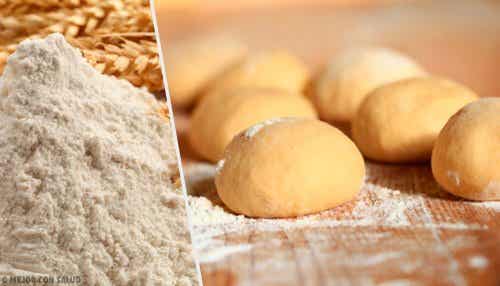
Even though the cooking time has ended, it is important to check that the no-knead bread is done. If we consider that it still needs to be cooked, we can put it in the oven for another 10 minutes.
During this time, you need to watch the bread closely to prevent the crust from burning . When you turn off the oven, remove the pot and let it cool to room temperature for a while. Then, we turn it over onto a clean, dry cloth cloth to remove our bread without kneading.
No-knead bread has a very soft texture and, in general, a light consistency. Its appearance is very attractive: on the outside it has a medium-thick golden crust and on the inside, the crumb has a large alveolation.
This bread has medium to large-sized holes, which result from the type of mixture of ingredients and the cooking process itself.
Strength flour substitutes
Xanthan gum is the ingredient most used in mixtures for homemade gluten-free breads, as it provides elasticity and structure. This is a biopolymeric product, that is, a polysaccharide that results from the action of a bacteria in the sugar fermentation process.
On the other hand, amaranth flour can also be a substitute for strength flour . In fact, it is the flour most often used in the preparation of foods for people with celiac disease. However, to make breads it is necessary to mix it with another type of flour so that it ‘rises’ when cooked.
